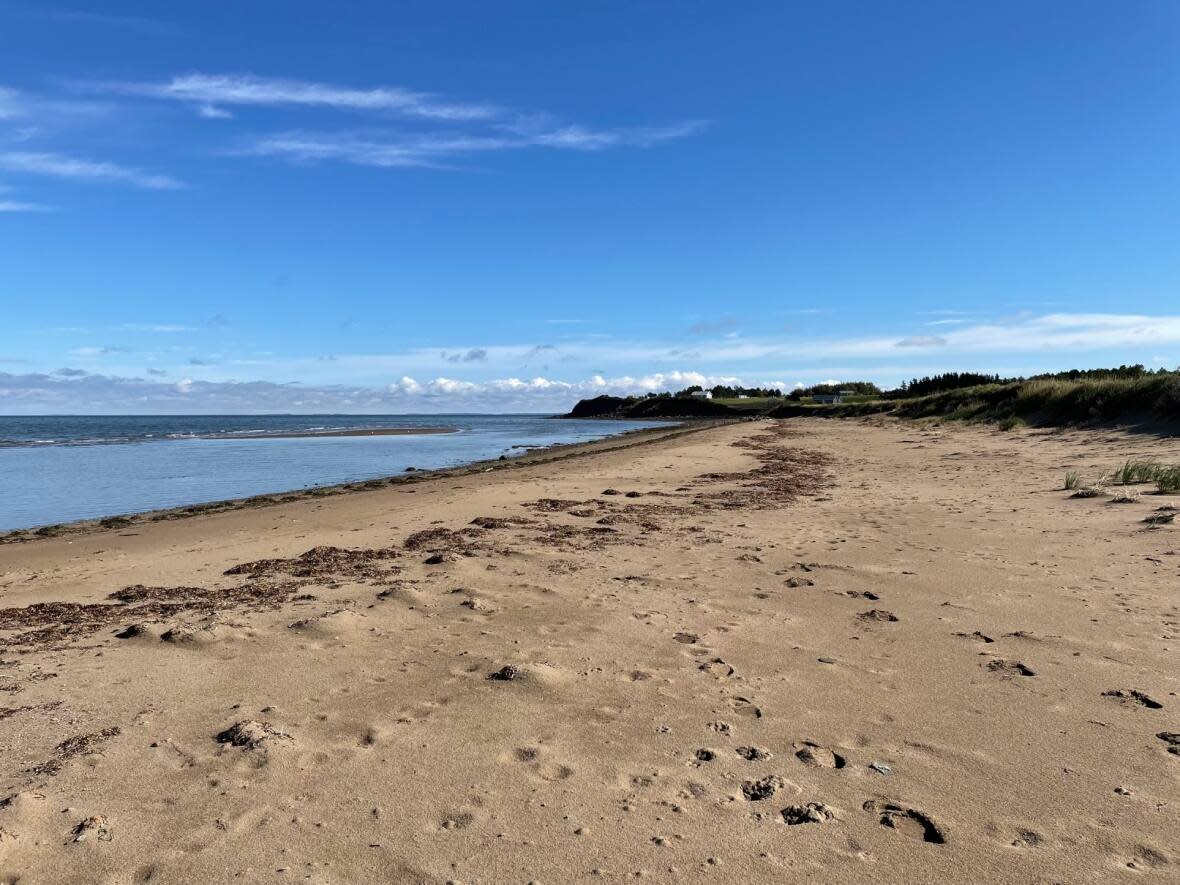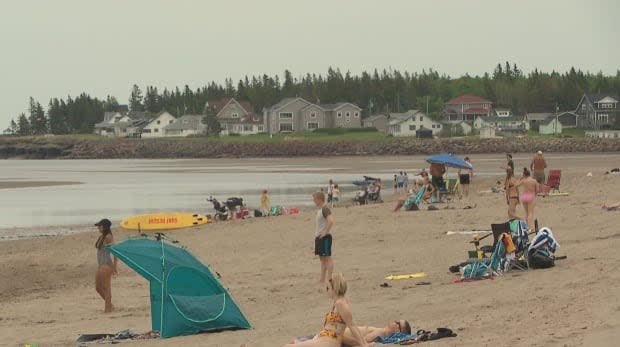No-swimming advisories issued for 4 N.B. beaches

If you're heading to a beach for a cool-down swim, make sure you check if there are any water-quality advisories in your area.
A few beaches in New Brunswick have registered high levels of E. coli and enterococci as most of the province is under a heat warning, with temperatures in the low 30s but feeling like up to 40 C.
Oak Bay Provincial Park near St. Stephen has had a no-swimming advisory in place for more than a week.
Parlee Beach and Murray Beach near Moncton are both also not suitable for swimming.
In southern New Brunswick, Meenan's Cove Beach in Quispamsis is closed until further notice.

In a tweet, the Town of Quispamsis said the province plans to re-test on Thursday to decide if the advisory should be lifted. There will be no lifeguard on duty.
A warning is issued for provincial beaches when levels of enterococci go over 35 per 100 mL.
For Parlee, enterococci the level was at 50, and Murray Beach is at 86.
For Oak Bay, the Department of Environment first put a swim advisory in place on July 13, where the enterococci level was 36 per 100 mL. On July 15, the level was much higher, at 70 per 100 mL.
According to the department, swimming in waters with bacteria levels above the guideline doesn't mean people will surely get sick, but the risk is higher.
"Levels can fluctuate through the day, so there is always a small risk of exposure. Each person should use the information available to make choices that are comfortable for them," the department says.
No other provincial park beaches have swim advisories.
The department says levels of harmful bacteria can increase based on several factors such as sewage, storm water runoff, animal waste, and other swimmers.
There have been no new cyanobacteria, or blue-green algae, advisories from the province so far this year. A list of every water body where cyanobacteria was found at least once can be found here.


